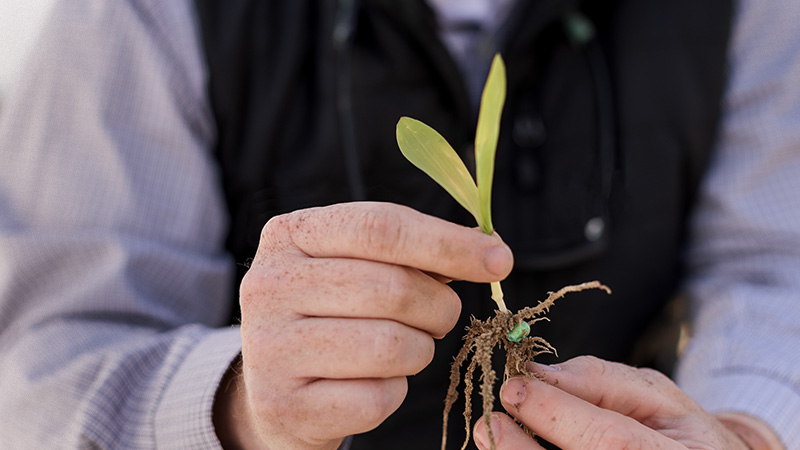Web-Enabled Phones: Get Smart
They may seem like toys to some, but more and more ag retailers are finding professional value from using smartphones. According to a recent Internet Use survey conducted by the CropLife Media Group (CLMG), 47% of ag dealers use a smartphone, or Web-enabled mobile device, for business-related purposes.
Plenty Of Uses
Here are 10 ways smartphones are being put to use:
1. Track weather. More than 40% of the respondents in our survey said they use their smartphones for weather reports. Access to real-time weather information like wind speed, soil moisture, temperature, and barometric pressure is a must for any agriculture professional, especially in the field. Users can check the latest local radar and satellite weather images to help them make better, more-informed decisions about daily activities (e.g., spray vs. don’t spray).
2. Check crop prices. Need current corn prices? Better cash grain market intelligence? Smartphone technology allows users to view this information in real time. For instance, log into mobile.FarmFutures.com from your smartphone to get market prices from quote screens you can customize and read commentary from market analysts.
3. Applications. Is there an app for that? The answer is increasingly becoming “yes.” With smartphone adoption on a steady rise, the number of applications available to users has skyrocketed. Crop fields can be viewed via these GPS-enabled mobile units. RTK correction can be made in an instant. Tank mixes can be calculated quickly. The possibilities are endless.
4. Communication. Text messages and e-mail can both be handled seamlessly with smartphones. Stay connected with your e-mail account (nearly 60% of survey respondents do), which in turn keeps you connected with the office — a must when your job has you in the field more often than behind a desk. Being able to view and reply to e-mail from virtually anywhere can be a huge advantage for time-strapped retailers during those critical farming periods when 12-hour-plus days are the norm. Of course, a smartphone can still function as a phone.
5. Information. According to CLMG’s Internet Use survey, 31% of respondents said they use their smartphone to view ag-related e-newsletters. And why not? A smartphone, with its full, crystal-clear display, has a distinct advantage over a small-screen flip phone when viewing the latest news and information (think CropLife eNews and CropLife.com).
6. Data collection. Smartphones give you the ability to collect data at any time, any place, and do real-time editing of that data. Scouts who are working additional acres have to be more efficient when collecting field samples. Imagine being in a field with an iPhone, making a voice recording of field notes, and then tagging it with the GPS location.
7. Computer synchronization. Smartphones can be synched with PCs or laptops, enabling users to wirelessly access information from their office computer via their compatible smartphone. Need to make a change to your calendar from the field? A smartphone allows you to do it while synchronizing changes instantly with your calendar.
8. Touchscreen display. Smartphones feature big screen displays with touchscreen capability. These high-resolution screens offer a graphic interface for easy navigation. The big screen also makes viewing sharper photos and/or videos, which leads us to the next smartphone use.
9. Camera and video. Most smartphones come with a still camera and a video recorder. For many, this eliminates the need to buy a separate digital camera or camcorder and really makes the smartphone an all-in-one gadget. The added detail from the big-screen display enables users to more easily identify pest problems and make real-time diagnoses.
10. Social media. According to ComScore, more than 25 million Facebook users accessed the site via a mobile browser in January 2010. Twitter attracted 4.7 million mobile users. The influence of smartphones as an access point to the Web, and in particular social media sites, is growing in the U.S. as more people buy the devices.
In agriculture, it’s a convenient way for professionals to network with their colleagues and industry experts from remote locations.






